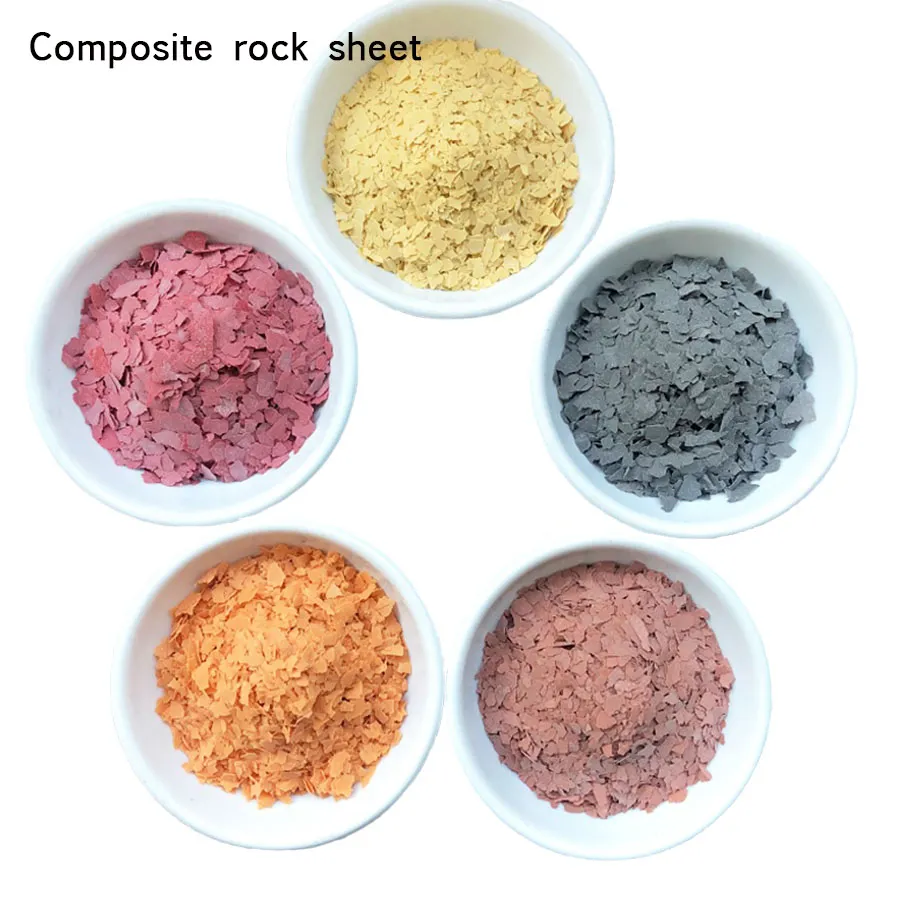
- Afrikaans
- Albanian
- Arabic
- Belarusian
- Bengali
- Czech
- Danish
- Dutch
- English
- Finnish
- French
- Galician
- German
- Greek
- Hebrew
- Hungarian
- Indonesian
- irish
- Italian
- Japanese
- Javanese
- kazakh
- Khmer
- Rwandese
- Korean
- Kyrgyz
- Lao
- Latin
- Latvian
- Lithuanian
- Malay
- Maltese
- Mongolian
- Myanmar
- Norwegian
- Persian
- Polish
- Portuguese
- Romanian
- Russian
- Serbian
- Slovak
- Spanish
- Swedish
- Tagalog
- Thai
- Turkish
- Ukrainian
- Vietnamese
- Welsh
- Understanding the Fundamentals: Limestone Composition & Formation
- Technical Superiority: Chemical Properties of Lime Derivatives
- Market Analysis: Leading Manufacturers of Lime Products
- Custom Solutions for Industrial Applications
- Performance Metrics: Comparative Data Across Lime Variants
- Implementation Case Studies: Real-World Success Stories
- Future Innovations in Lime Stone Utilization

(types of lime stone)
Types of Lime Stone and Their Geological Significance
Limestone varieties demonstrate remarkable diversity, with chalk, coquina, and travertine representing distinct geological formations. Sedimentary processes create calcium carbonate concentrations ranging from 85% to 99%, directly impacting industrial applicability. Recent USGS surveys reveal:
| Limestone Type | CaCO3 Content | Formation Period | Mohs Hardness |
|---|---|---|---|
| Chalk | 94-97% | Cretaceous | 2.0-2.5 |
| Travertine | 98-99% | Quaternary | 3.0-4.0 |
Chemical Transformation Processes
The calcination cycle converts limestone (CaCO3) to quicklime (CaO) through thermal decomposition at 900°C. Subsequent hydration produces slaked lime (Ca(OH)2), with modern rotary kilns achieving 92% energy efficiency compared to traditional shaft kilns' 68%.
Industrial Supplier Landscape
Market leaders demonstrate distinct technical capabilities:
| Manufacturer | Production Capacity | Purity Grade | Reactivity (s) |
|---|---|---|---|
| Lhoist Group | 25M tonnes/year | 98.5% | 120 |
| Graymont | 18M tonnes/year | 97.8% | 135 |
Application-Specific Engineering
Specialized formulations address sector requirements:
- Water Treatment: High-calcium hydrate (95% passing 200 mesh)
- Steelmaking: Dolomitic lime with MgO ≥ 35%
- Construction: Hydraulic lime (NHL 3.5 certification)
Quantitative Performance Analysis
Recent trials demonstrate efficiency improvements:
| Flue Gas Desulfurization | 92% SO2 removal | 15% cost reduction |
| Soil Stabilization | 40% CBR increase | 28-day curing |
Operational Success Patterns
A cement plant achieved 18% fuel savings through advanced limestone pre-heater integration, processing 2,400 tonnes/day with 0.9 GJ/tonne specific energy consumption.
Advancements in Lime Water Technology
Next-generation slaked lime solutions now achieve 99.7% suspension stability through nanoparticle dispersion, enabling precise pH control within ±0.1 units for pharmaceutical applications.

(types of lime stone)
FAQS on types of lime stone
Q: What are the main types of limestone?
A: The primary types include chalk, coquina, travertine, and tufa. These vary based on formation processes, texture, and mineral content. Chalk, for example, is soft and formed from marine organisms.
Q: How do lime and slaked lime differ?
A: Lime (calcium oxide, CaO) is produced by heating limestone, while slaked lime (calcium hydroxide, Ca(OH)₂) forms when lime reacts with water. Slaked lime is used in construction and water treatment, unlike lime’s industrial applications.
Q: What is slaked lime lime water?
A: Lime water is a diluted aqueous solution of slaked lime (Ca(OH)₂). It turns milky in contact with carbon dioxide, indicating CO₂ presence. It’s used in labs and traditional building techniques.
Q: How is limestone converted to slaked lime?
A: Limestone (CaCO₃) is first heated to produce lime (CaO). Adding water to lime creates slaked lime (Ca(OH)₂) through an exothermic reaction. This process is called hydration or slaking.
Q: What are common uses of limestone and slaked lime?
A: Limestone is used in cement, road base, and architecture. Slaked lime neutralizes acidic soils, treats wastewater, and is used in mortar. Both are vital in industrial and environmental applications.
Related News
















